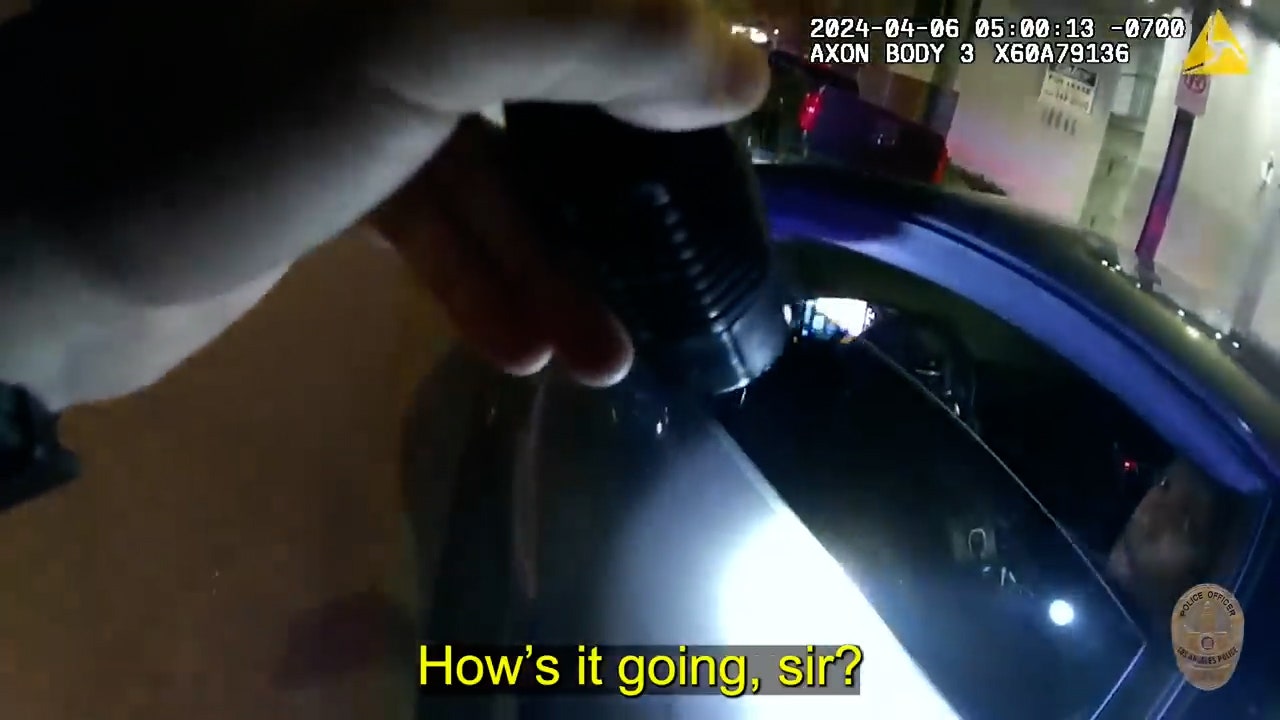Ukraine’s top military commander has issued a bleak assessment of the army’s positions on the eastern front, saying they have “worsened significantly in recent days.”
Russian forces were pushing hard to exploit their growing advantage in manpower and ammunition to break through Ukrainian lines, the commander, Gen. Oleksandr Syrsky, said in a statement over the weekend.
“Despite significant losses, the enemy is increasing his efforts by using new units on armored vehicles, thanks to which he periodically achieves tactical gains,” the general said.
At the same time, Ukraine’s energy ministry told millions of civilians to charge their power banks, get their generators out of storage and “be ready for any scenario” as Ukrainian power plants are damaged or destroyed in devastating Russian airstrikes.
With few critical military supplies flowing into Ukraine from the United States for months, commanders are being forced to make difficult choices over where to deploy limited resources as the toll on civilians grows daily.
Even before the disappearance of American assistance — a bill to provide $60 billion in military and other aid may come to a vote in the House of Representatives this week — there was a consensus among Ukrainian commanders and military analysts that the third year of war was going to be extremely difficult.
President Volodymyr Zelensky warned again on Monday night that delays in American assistance are deepening the challenges at the front and said the latest information from Ukrainian intelligence suggested that the Kremlin is preparing for some sort of major offensive in late spring or early summer.
The three most critical challenges for Ukraine have been evident for months: a lack of ammunition, a shortage of well-trained troops and dwindling air defenses.
Now, as Russia intensifies its assaults, each individual issue is compounding the impact of the other vulnerabilities and heightening the risk that Russian forces will push through Ukrainian defenses.
Here is a look at the critical challenges Ukraine faces at the moment and how its leaders are trying to mitigate them.
Shell Hunger
In testimony before Congress last week, Gen. Christopher G. Cavoli, the top American military commander in Europe, provided a blunt assessment of Ukraine’s dire shortage of ammunition.
“If one side can shoot and the other side can’t shoot back, the side that can’t shoot back loses,” General Cavoli said.
America had provided Ukraine with the bulk of its artillery munitions, he said, and Russia is poised to soon be able to fire 10 shells for every Ukrainian shell.
“If we do not continue to support Ukraine, Ukraine could lose,” he testified, urging lawmakers to approve a new aid package.
The longer range and greater destructive power of rocket systems and big guns like Howitzers — which are not affected by weather and are less susceptible to electronic warfare interference than drones — make them essential tools. While drones have significantly altered the battlefield, often turning any attempt to cross open terrain into a suicide mission, they have limits.
“Drones can effectively destroy military equipment, tanks,” said Viktor Nazarov, an adviser to the former Ukrainian top general, Valery Zaluzhny. “But you cannot destroy defensive lines with drones.”
When the enemy has an advantage of five to one in terms of shells, Mr. Nazarov said, they can attack. When it reaches 10 to one, they can succeed.
Since the fall of Avdiivka earlier this year, Russia has taken only small patches of land at great cost without scoring a major operational breakthrough. But after replenishing its arsenal with assistance from North Korea and Iran, Russia is using a period of warm, dry weather to launch assaults with dozens of tanks and fighting vehicles in recent days, Ukrainian officials said.
General Syrsky said Russia was trying to seize the moment to achieve an operational breakthrough along several major lines of attack, posing the most imminent threat to the town of Chasiv Yar. The heavily fortified hilltop town — seven miles west of Bakhmut — protects an agglomeration of some of the Donbas region’s largest cities, including the home of the eastern command in Kramatorsk.
Ukrainian commanders are hopeful that several initiatives by European allies to secure hundreds of thousands of artillery shells will soon start to alleviate their urgent need.
The president of the Czech Republic, Petr Pavel, told reporters last week that his country had now identified one million rounds of 155-caliber artillery shells — 200,000 more than previously estimated — and that 15 nations had joined the campaign to finance their purchase.
Estonia and Britain are leading similar drives, Mr. Pavel said. It remains unclear how successful they will be or how quickly large stocks of ammunition can make it to the front.
Until then, the burden will fall on the infantry. And since, as General Cavoli testified, artillery remains the biggest killer in Ukraine, Russia’s advantage means more Ukrainian soldiers will die. That deepens another major vulnerability: troop strength.
Mobilization
When the commander of Ukrainian forces in the east, Gen. Yurii Sodol, addressed lawmakers last week ahead of a vote aimed at improving the nation’s draft process, he painted a bleak portrait.
The widespread use of drones, he said, means that an armored vehicle is usually targeted and destroyed within 30 minutes when deployed to the zero line at the front. So it falls primarily to the infantry soldiers to hold their positions without much support against waves of Russian infantry attacks.
A squad of eight to 10 soldiers is typically tasked with defending 100 meters of land, General Sodol said, but Ukraine cannot always field full squads.
“If there are only two soldiers, they can defend 20 meters of the front,” he said. “Immediately, the question arises: Who will cover the remaining 80 meters?”
Parliament has recently passed laws aimed at replenishing its forces, but the process took months, and there are still many challenges with recruitment. In an effort to meet immediate needs, the Ukrainian command said it would rotate “thousands” of soldiers currently in the rear to combat positions. But that creates another problem: ensuring soldiers deployed to the front have proper training.
General Syrsky said that the quality of training was a “serious problem” and that they were working to have combat veterans take a more active role in the process to improve the situation.
But no amount of training can protect against the powerful thousand-pound glide bombs that Russia has been using to obliterate Ukrainian fortifications. That is why, Ukrainians say, they urgently need help from Western allies to help finally close the sky.
Air Defense
“If we talk about the air war, it should be divided into two parts,” Mr. Nazarov, the senior military adviser, said.
“The first part is our air and missile defense against Russian missile attacks across the entire territory of our country,” he said. “The second part is what the war in the air looks like on the front line.”
On both fronts, Ukraine is struggling.
The Institute for the Study of War, in a special report on the aerial campaign, said commanders faced tough choices in how to deploy air defenses. The systems that can intercept Russian missiles targeting Ukrainian cities and infrastructure, it said, are the same ones needed to keep Russian bombers dropping glide bombs at bay.
“The Russians are taking advantage of the withdrawal of those air defense systems from the front lines to make slow but steady gains on the ground,” the institute said.
Degraded Ukrainian air defenses have also allowed Russia to have more success in targeting critical infrastructure, which the institute said could have “cascading effects” on Ukraine’s ability to build up its domestic weapons production.
Mr. Zelensky said on Saturday that some 500 defense industry enterprises were operating in Ukraine, employing almost 300,000 people to produce shells, mortars, armored vehicles, anti-tank weaponry, electronic warfare systems, drones and other munitions.
But factories need power. And Ukraine’s energy minister, Herman Halushchenko, said attacks on energy infrastructure since late March had been the most intense of the war — even more extensive than the bombing campaign in the winter of 2022-23 that nearly collapsed the grid.
Ukraine has sought to counter the Russian threat by attacking Russian airfields and critical infrastructure in a series of long-range drone strikes, but officials in Kyiv are under no illusions: Without sophisticated Western air defense systems, they are in trouble.
Kyiv is hoping that Ukrainian pilots currently training on F-16 fighter jets will be flying in the skies above Ukraine by summer, adding another desperately sought layer of defense. But with American assistance still in doubt, Ukraine’s foreign minister, Dmytro Kuleba, has made a full-throated push to secure Patriot air-defense batteries currently sitting idle in Europe.
Eric Schmitt contributed reporting from Washington






